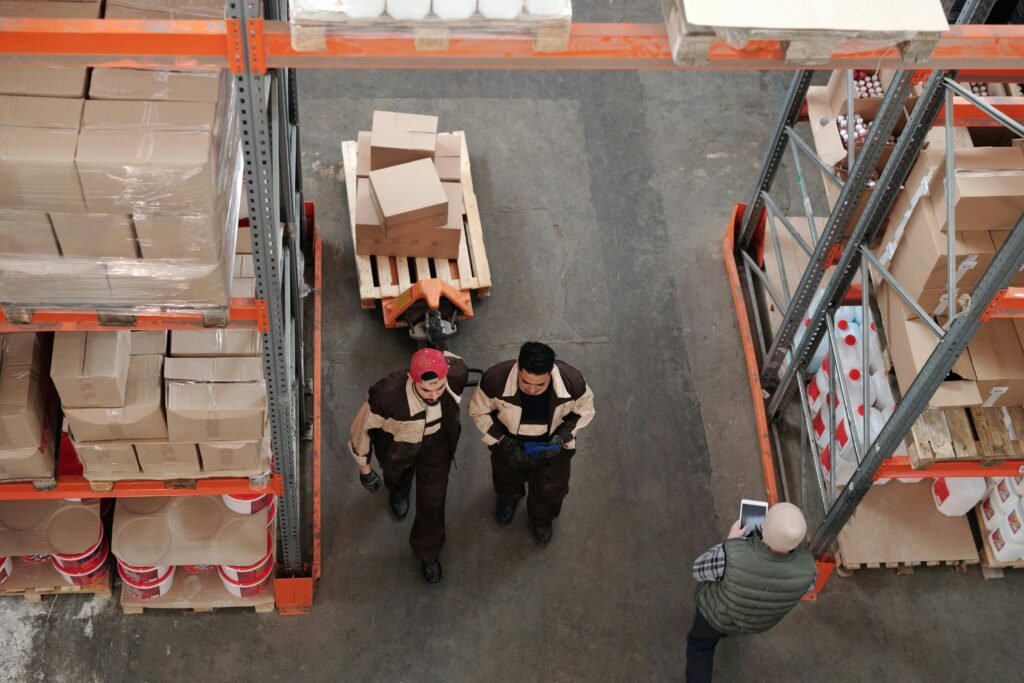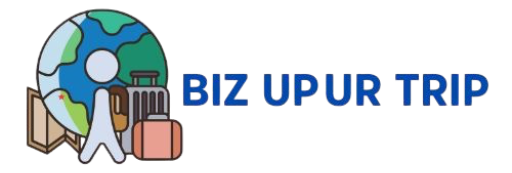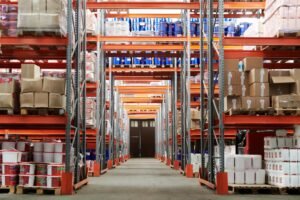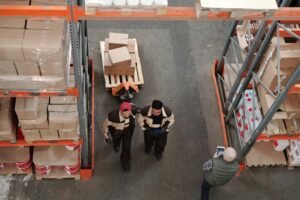
Packaging Industry then, now and the future
How the Packaging Industry Has Evolved Over the Years and What’s Coming Next
Think packaging is just about wrapping things up? Think again. From clay pots to smart labels, the packaging industry has undergone a dramatic transformation—one that reflects not only technological progress but also shifting societal values. What started as a purely functional means of preserving and transporting goods has evolved into a complex ecosystem of branding, innovation, and sustainability. Let’s take a journey through the history of packaging, examine the turning points that brought us here, and explore what the future may hold. Here you are going to see Packaging Industry then, now and the future of it.
The Early Days of Packaging
Packaging has ancient roots. Thousands of years ago, civilizations were already using primitive methods to store and protect goods. The Egyptians used glass jars to preserve oils and perfumes, while the Chinese were using treated mulberry bark to wrap food as early as 100 B.C. In those times, packaging served one simple purpose: utility. There were no brand logos, no color psychology, and no marketing strategy—just the need to contain, protect, and transport.
The Industrial Revolution and the Birth of Modern Packaging
Everything changed with the Industrial Revolution. As mechanization and mass production took hold in the 18th and 19th centuries, packaging became more sophisticated. Paperboard boxes, tin cans, and printed labels began to emerge. This era marked the beginning of packaging as more than mere protection—it became a communication tool. As consumer goods proliferated, manufacturers started to understand the value of shelf presence, and packaging began to carry visual identity and product information at scale.
Branding Enters the Scene
By the early 20th century, packaging had found its voice. No longer silent or secondary, it became a key part of marketing strategy. Brands like Coca-Cola and Kellogg’s leveraged packaging not just to protect products but to create recognition, evoke emotions, and drive loyalty. Packaging became the “silent salesman”—enticing customers with eye-catching visuals and recognizable elements that could influence purchasing decisions in seconds.
Plastic and the Convenience Revolution
After World War II, plastic changed everything. Lightweight, durable, and cheap to produce, it quickly became the go-to material for packaging across industries. The rise of single-use items—from plastic bottles to cling film—ushered in an era of extreme convenience. Products like TV dinners, disposable cutlery, and shrink-wrapped packages became staples of modern life. Unfortunately, this convenience came at a high environmental cost. Waste increased exponentially, and the world began to see the darker side of throwaway culture.
Environmental Awareness and the Sustainability Awakening
By the 1980s and 1990s, consumers and companies alike began to confront the environmental consequences of over-packaging and non-biodegradable waste. Recycling symbols appeared, and eco-labels started making their way onto product packaging. Brands began considering what happens to their packages after they’re opened and discarded. In this phase, we saw the early adoption of biodegradable and compostable materials, such as PLA (polylactic acid), paper pulp, and even mushroom-based alternatives. These innovations signaled the rise of the eco-conscious consumer—someone who expects packaging to reflect environmental values, not just product protection.
Technology Takes Packaging to the Next Level
The digital age brought with it an explosion of innovation in packaging. Smart packaging—featuring QR codes, freshness indicators, and augmented reality labels—transformed boxes and bottles into storytelling devices. Automation and robotics revolutionized production lines, boosting efficiency and reducing costs. Digital printing enabled fast, customizable runs, allowing brands to create limited-edition or personalized packaging overnight. What was once mass-produced and uniform could now be tailored and responsive.
The E-Commerce Era and Changing Priorities
As online shopping grew, packaging had to adapt once again. The goal shifted from shelf appeal to shipping performance. Durability, space optimization, and protection became top priorities. Brands like Amazon championed frustration-free packaging—minimal, recyclable designs that are easy to open and reduce waste. Furthermore, with the increase in product returns, packaging now needs to be not only secure but also resealable and return-friendly, adding another layer of complexity to the design process.
Branding in the Age of Experience
Today, packaging is more than a container—it’s part of the product experience. Emotional branding plays a key role, with companies using color, texture, and typography to forge emotional connections with their audience. Minimalist aesthetics, often aligned with premium branding, dominate the shelves and unboxing experiences. Thanks to influencers and social media, the unboxing moment has become a brand touchpoint in itself. Customers expect more than functionality—they expect delight, narrative, and alignment with their personal values.
Regulatory Shifts and Industry Accountability
With the environmental crisis intensifying, governments are stepping in to regulate packaging materials and waste. Plastic bans have been enacted in countries like India and Canada, and many others are following suit. Extended Producer Responsibility (EPR) policies are gaining traction, forcing brands to account for the entire lifecycle of their packaging. Compliance is no longer a formality—it’s a fundamental requirement for operating in global markets. The message is clear: linear models of production and disposal are no longer viable.
Packaging and the Circular Economy
Forward-thinking brands are now exploring circular packaging solutions. Refillable systems, reusable containers, and modular designs are making a comeback with a modern twist. Closed-loop supply chains—where used packaging is collected, recycled, and reintegrated—are becoming part of long-term sustainability strategies. The goal is not only to reduce waste but to design it out of the system entirely. Packaging is being reimagined as a continuous resource, not a disposable necessity.
The Future: Smarter, Cleaner, and Edible?
So what does the future look like? Artificial intelligence is beginning to play a role in packaging design—optimizing materials, predicting consumer behavior, and even generating new sustainable alternatives. Zero-waste packaging is on the rise, with innovations such as dissolvable pods, dry-format toiletries, and concentrated refills gaining popularity. Edible packaging, once a futuristic novelty, is becoming a viable reality with seaweed-based wrappers, rice paper containers, and other biodegradable options that can literally disappear after use.
Conclusion
The packaging industry is undergoing one of the most significant transformations in its history. From ancient clay vessels to biodegradable smart containers, packaging has become a mirror of our progress, our creativity, and our responsibility. It now plays a central role in how we market, deliver, and sustain our world. Moving forward, the challenge is not just to create better packaging—but to create smarter, more sustainable, and more emotionally resonant solutions.
Whether you’re a consumer, a brand strategist, or an industry professional, one thing is certain: the package matters more than ever. So we hope you were able to see the scenario for Packaging Industry then, now and the future of it.
Read more: Packaging Trends Reshape Brazil in 2025






